The Plug-in Hybrid Electric Car Debate In My House
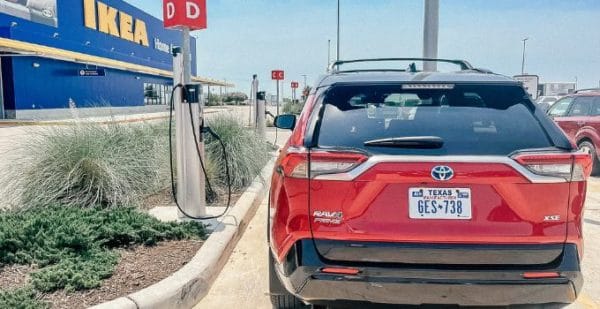
My husband and I are usually aligned on car decisions
But the ongoing plug-in hybrid debate in my house has been the exception. Even though we’re at least two years from our next car purchase, I’ve been lobbying for our next car to be a plug-in hybrid. I like the idea of driving something more modern and eco-friendly. As an auto writer, I have a front row seat to the tremendous advances being made in electric vehicles. The logical question is “Is it time to go electric or hybrid?”
Related: MPGe, kWh, 4xe? Everything You Need to Know About Electric Car Lingo
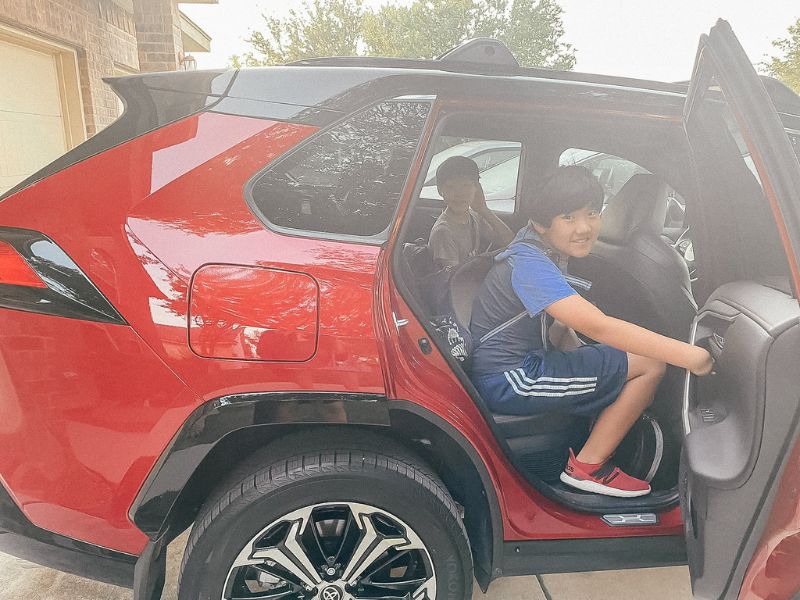
I know my everyday driving patterns well and I’ve long thought that I could do 90+ percent of my driving on a battery charge. Photo: Jill Robbins
Can we see eye to eye on plug-in hybrids?
Not so far. My husband is holding on to what I think is an inaccurate, highly generalized assessment of all electric cars and hybrids: that the cost will outweigh the expense. However, prices have evened out, and many electric cars and hybrids qualify for federal and state tax incentives. Through my work, I’m better informed about advances in car technology, but every time I brought up the possibility of checking out a plug-in hybrid for our next car, he was firmly against it.
Related: How to Decide if an Electric Car Is Right for Your Lifestyle
Why I think a plug-in hybrid is right for us right now
We live in the suburbs, about 15 miles outside a major U.S. city. Most of the time, we’re firmly in our suburban bubble. We don’t put many miles on our car on the average day. Taking my kids to school, their various activities, going to the gym and the grocery store all involve less than a five mile drive, and that’s round trip.
Airport runs, trips to the theater, date nights, and of course, road trips all involve more miles but on an average day, I don’t drive very far. My theory was that we could save money on gas and do most of our every day driving on a charge. When we had to leave the bubble, we’d run on gas, same as we’ve always done. My husband’s theory was that our electric bill would skyrocket. He thought savings in fuel costs would be eclipsed by increased utility bills.
While the “I’m right and you’re wrong, the end” has been my strategy for many an argument (my husband might not see it exactly like that, but that’s not important), a major purchase required more facts. Here’s what happened.
Related: Finally, the Plug-in Hybrid SUV We’ve Been Waiting For: Meet the Toyota RAV4 Prime
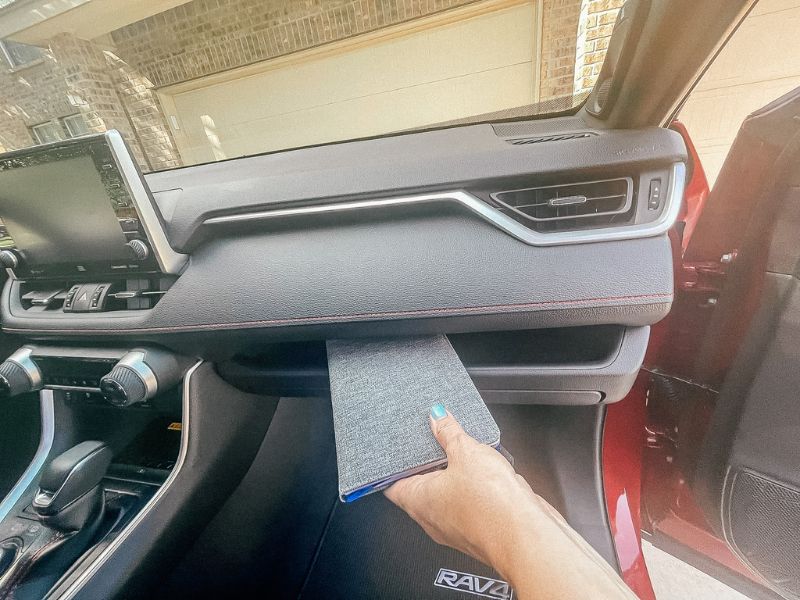
I loved this little shelf in the Toyota Highland Hybrid I drove last year and I’m thrilled to see it here in the RAV4. I use it to hold my notebook where I recorded how the car used battery versus gas during the week I drove it. Photo: Jill Robbins
Meet the Toyota RAV4 Plug-In Hybrid
I drove the Toyota RAV4 plug-in hybrid for a week. I started my test drive with a full tank of gas and almost zero charge. I drove it daily, except for one day when I didn’t leave my house.
I recorded my miles, fuel level, and charge each time I drove the vehicle. My normal driving is much less than it was this particular week. We visited a theme park 36 miles from our house and went to a birthday party 20 miles from our house. Other than that, it was normal school drop off, sports practices, and errands in the bubble.
The Toyota RAV4 plug-in hybrid is comparable to what I think would be ideal for our next car: a plug-in hybrid compact SUV. I’m looking for a small to midsize crossover with a decent amount of rear space that can comfortably seat four people. We currently have a midsize crossover with a third row. Although I enjoy the rear space, we never use the third row. We’re ready to downsize our space and upsize our fuel economy.
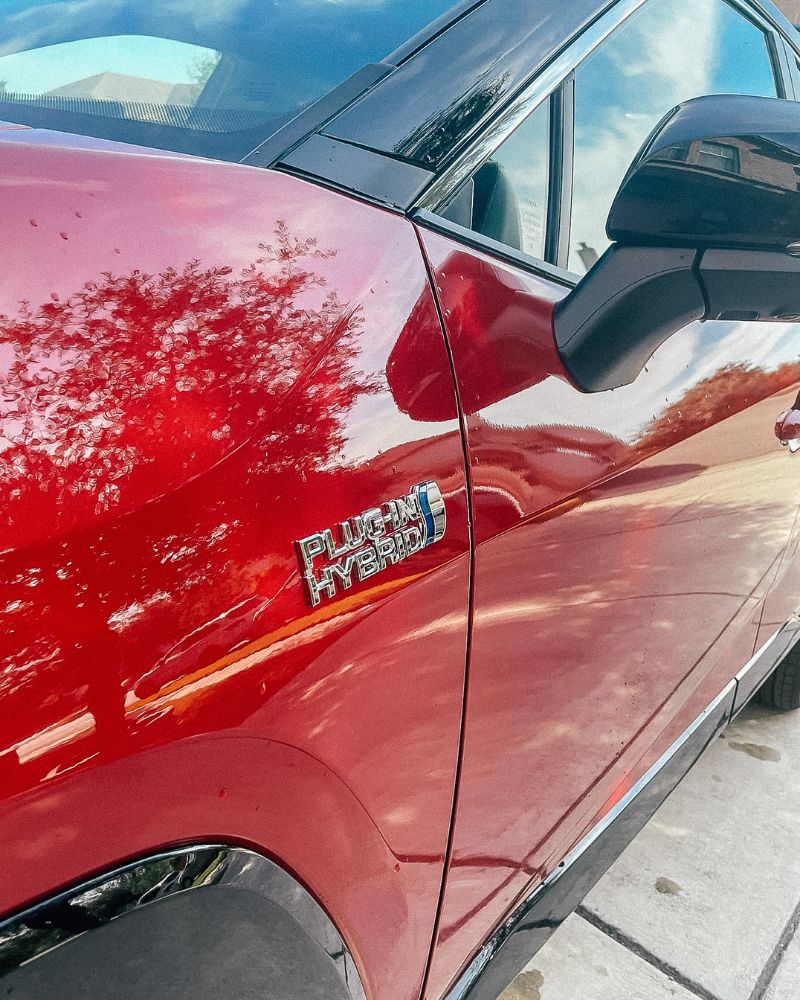
The 2022 Toyota RAV4 Plug-In Hybrid has a distinctive logo to tell everyone it is a hybrid. Photo: Jill Robbins
The results
I charged the RAV4 plug-in hybrid three times. I used a regular 110V home outlet and it took about 10 hours to fully charge the battery, which has a driving range of about 40 miles.
During the week of my media drive I put a total of 187 miles on the car. This is nearly double my average.
At the end of the week, I had three quarters of a tank of fuel left. This meant most of my driving had been on the battery, as anticipated. Since most of my driving days are well under that, the car only switched to using gas mode twice. This is the part where we all say “You were wrong, Jill’s husband.”
We looked at our energy usage and while it’s hard to make a sweeping statement about kW usage over time, our electricity bill didn’t increase (those 120 or so electric miles would have cost about $25 in gas; we would have noticed a $25 addition to our electric bill). Since there was no data to suggest that those three home charges made a substantial difference in usage or bill amount, a more sustained study might produce different results.
But, if you want to use this opportunity to say “Jill’s husband you were wrong” a second time, that’s alright by me.
Related: In a word, the 2022 Hyundai Tucson plug-in hybrid is FUN
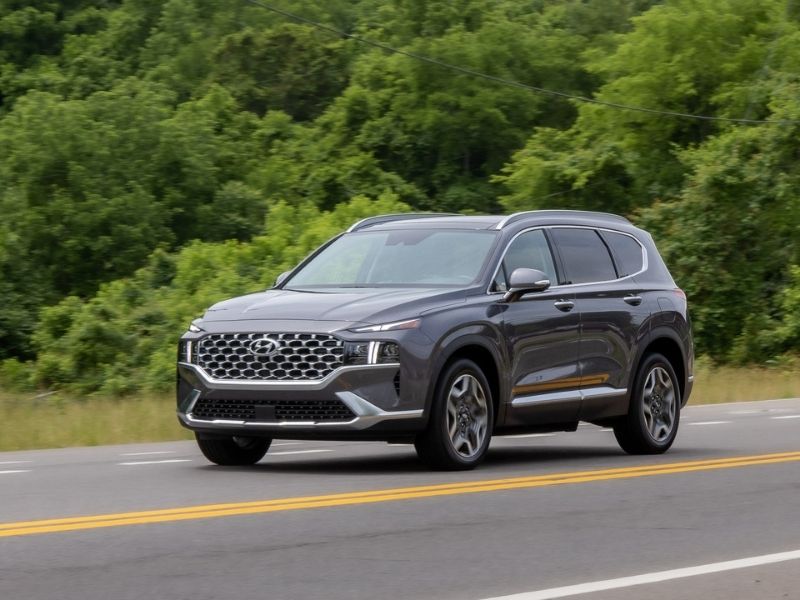
I drive a 2019 Hyundai Santa Fe. I recently drove the 2022 Santa Fe PHEV, so it gave me a great frame of reference for what my current car would be like as a hybrid. Photo: Hyundai
So…am I going electric?
Not immediately. Our next new car purchase is two or more years away. A plug-in hybrid makes sense for the kind of driving I do right now. Slicing my fuel bill is a huge incentive for me to consider owning this type of car, especially with current gas prices being as painful as they are.
Another incentive is the $7,500 federal tax credit for new EV purchases and state credits, as well. These credits may or may not be in play when we buy our next car; the credit is available on the first 200,000 cars that a manufacturer sells, and when that number is met, the credit ends. Tesla’s credits are exhausted, but there are still plenty of cars that qualify.
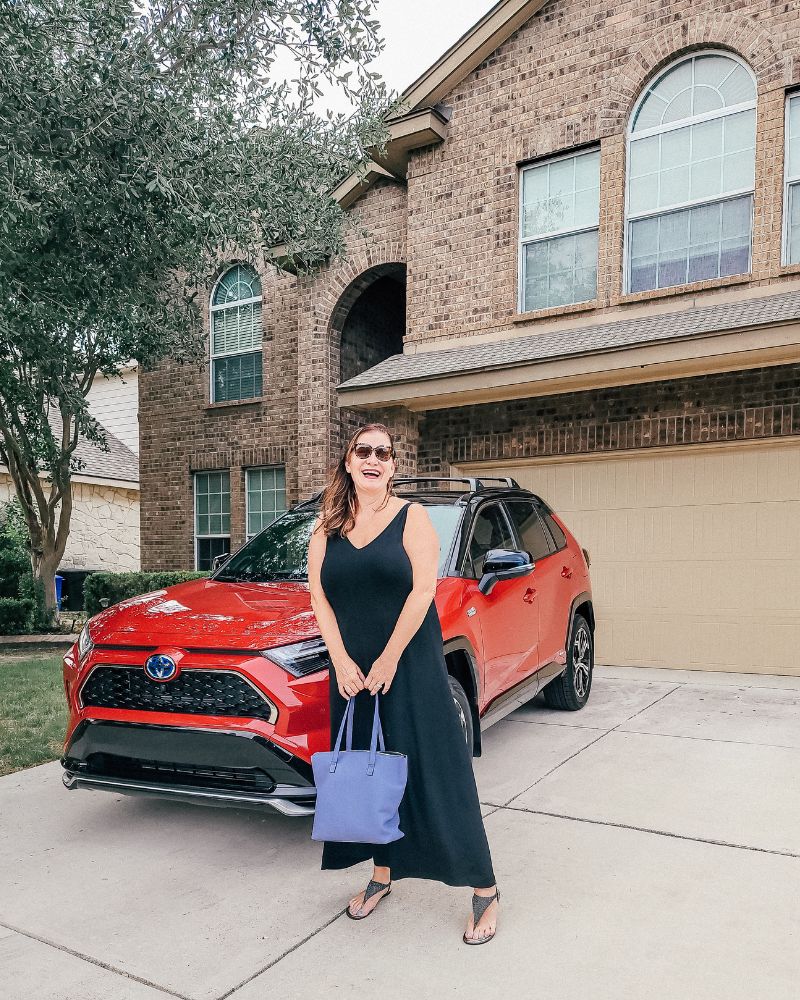
Only time will tell what impact this experiment will have on our family’s next car purchase. But in the meantime, I’m going to enjoy being right. Photo: Jill Robbins
What makes me hesitate
There are a couple of things that make me hesitate: lack of infrastructure and the fact that we hope to move to a more rural location. Actually, those two things are related.
There are few places to charge my car on the go without going out of my way to find a charging station. I scoped out the charging spots in my area and found none of them convenient. Higher powered charging stations offer faster charging and the option to plug my car in while I ran an errand is appealing. There’s a Tesla Supercharger in the parking lot of my usual grocery. This is just two miles from home but isn’t available for non-Tesla cars.
There’s a ChargePoint station six miles from home that I could sign up to use. I’d have to download and app and pay a set per hour or per minute rate for fast charging. Six miles each way might not sound like a lot, but it’s in an area that’s typically congested and I have to get on a stretch of freeway that frequently backs up to get there. It’s also an Ikea parking lot. I love Ikea but this is out of my way.
Depending on the model I choose, there may be charging incentives, as well. Some manufacturers will offer free charging at certain stations for a period of time after purchase. This could certainly be a factor when I get closer to a potential purchase.
More likely than not likely
Leaving the burbs behind for wide open spaces is something I find appealing. I’m willing to accept longer drives for everyday errands as part of the package. If I can’t get as far on a charge with routine driving, will the plug in hybrids hold as much appeal as they do now? I’m not sure.
The answer to the question “Will I?” is “Greater than a fifty percent chance.” As more EVs become available and more drivers become more comfortable with them, the infrastructure in suburban and more rural areas will (hopefully) catch up to the larger cities. The technology is improving all the time. Hopefully, my husband’s attitude about it will be, too.
